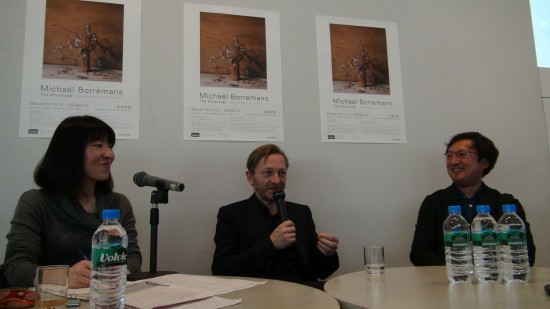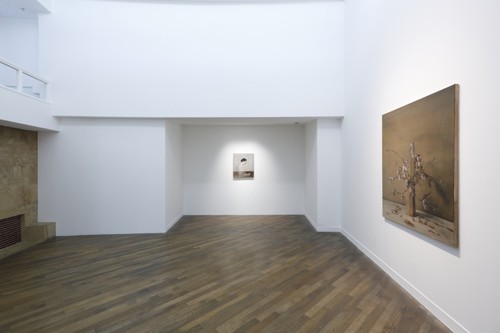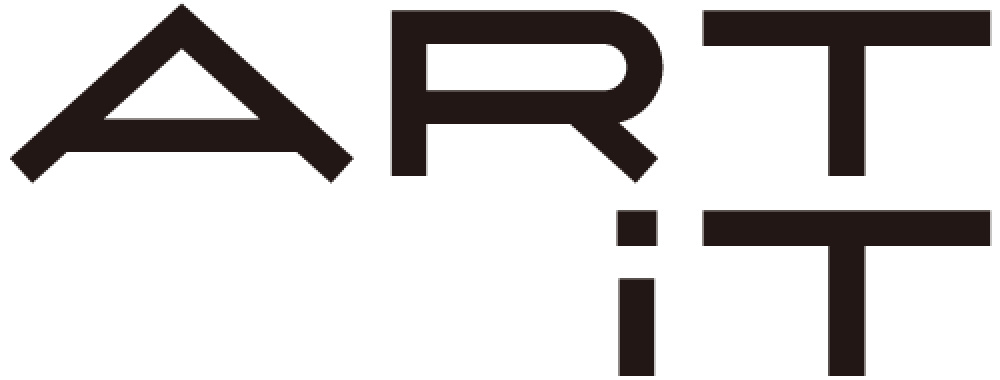Michaël Borremans: The Advantage
January 11 (Saturday) – March 30 (Sunday), 2014
Hara Museum of Contemporary Art, Tokyo

On January 11, the day after the reception, a talk event was held, during which the artist spoke with art critic Minoru Shimizu. The following is an excerpt (edited here for brevity).
Shimizu: How classical is your work?
Borremans: What I try to do is find colors that are based on natural pigments. I never paint on a white canvas. This is a technique derived from Baroque paintings. Painters at that time, like Rubens and Vélasquez, prepared the canvas with a layer of color that was integrated into the painting, so there was no need to apply paint over the entire surface.
S: You paint portraits, but they never seem to reflect the individual personality of the subject.
B: I don’t paint portraits as a classical painter would. I use them as figures in my universe. I’m not interested in the psychology of the person sitting in front of me.
S: Your works are intimate, but not personal, aren’t they?
B: Yes, that’s a very compact way to put it. I will use that later as a catch phrase.
S: Can you talk a little bit about the Belgium art and its history?
B: Traditional painting all started in Ghent. I don’t think Van Dyke invented it, but he made it workable. I’m proud of it. The country was founded in 1830. Every country has its history. Belgium was sometimes part of other countries such as France, Austria and Spain. That history has made Belgian people very flexible. Painters such as Brueghel and Bosch were working under Spanish reign. You could see in their work that they are laughing with it. They are a source of Surrealism.

Exhibition view: Gallery I ⒸMichaël Borremans
Photo by Keizo Kioku
Michaël Borremans: The Advantage will be on until Sunday, March 30. During the exhibition, the documentary A Knife in the Eye will be screened every Wednesday evening.
